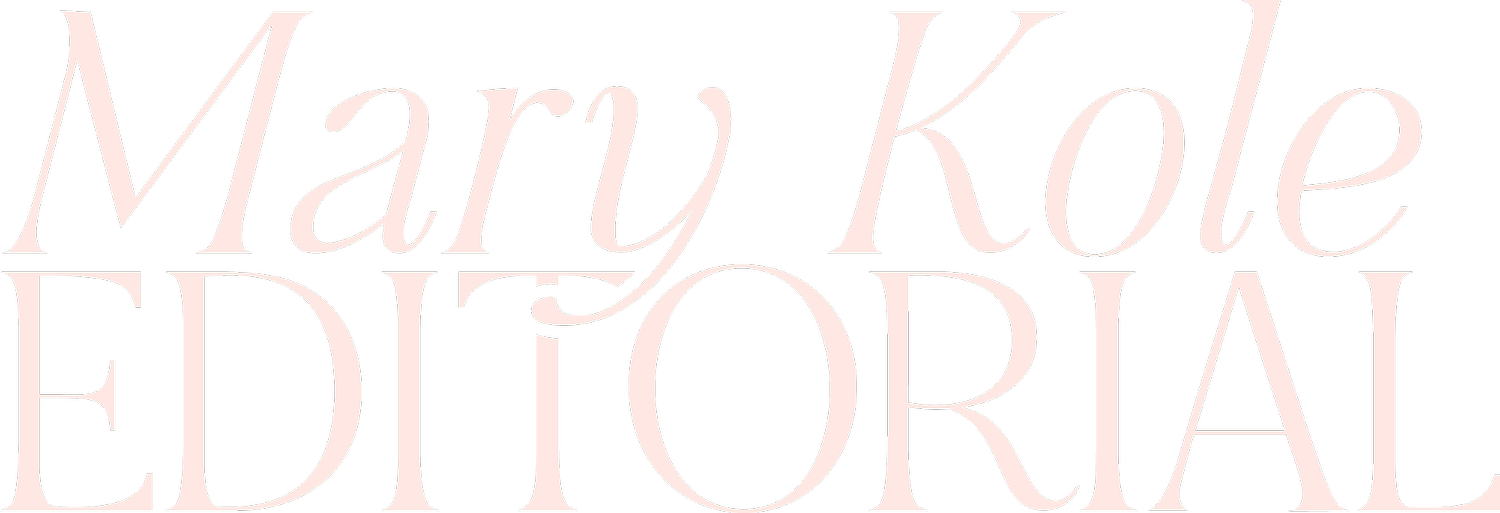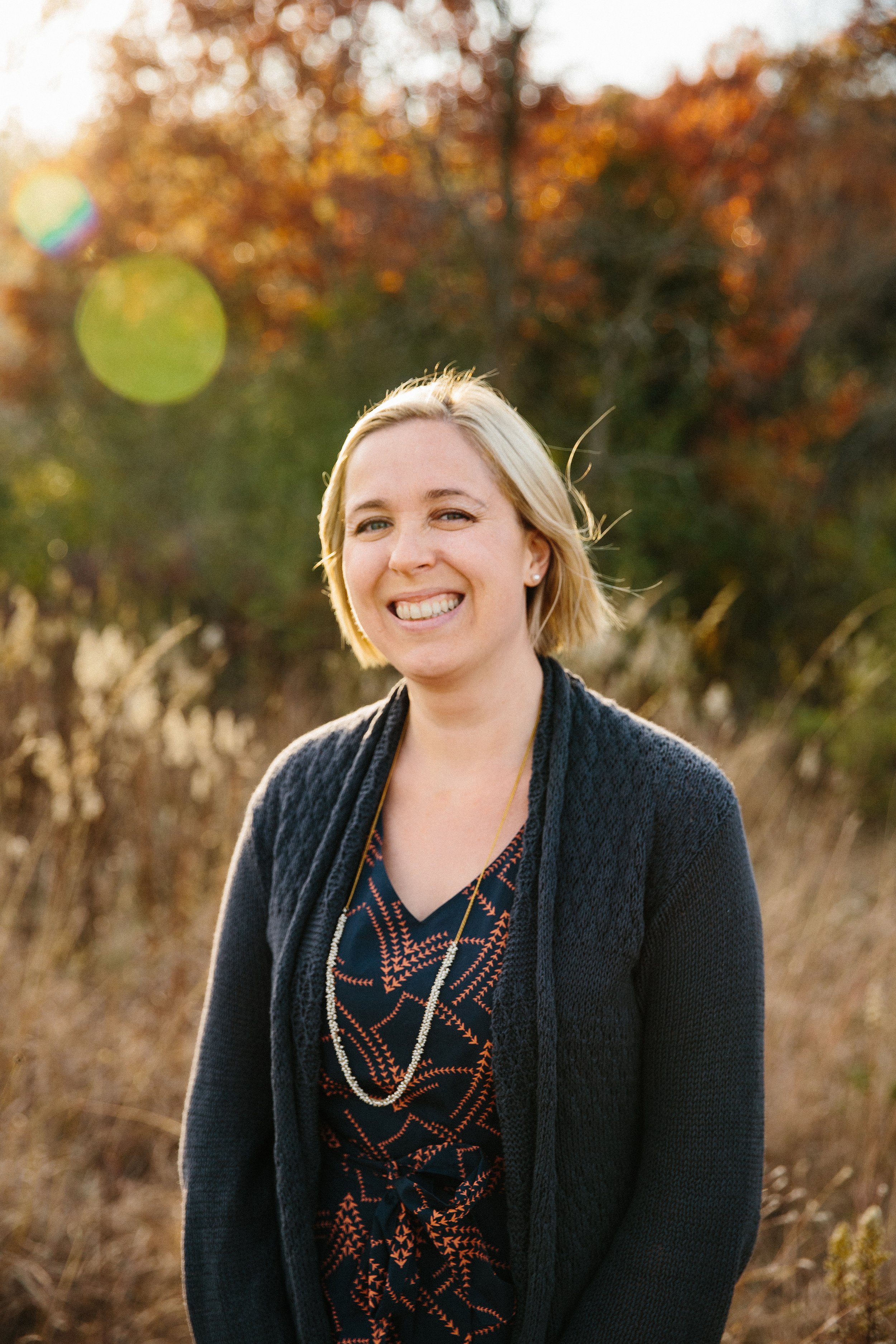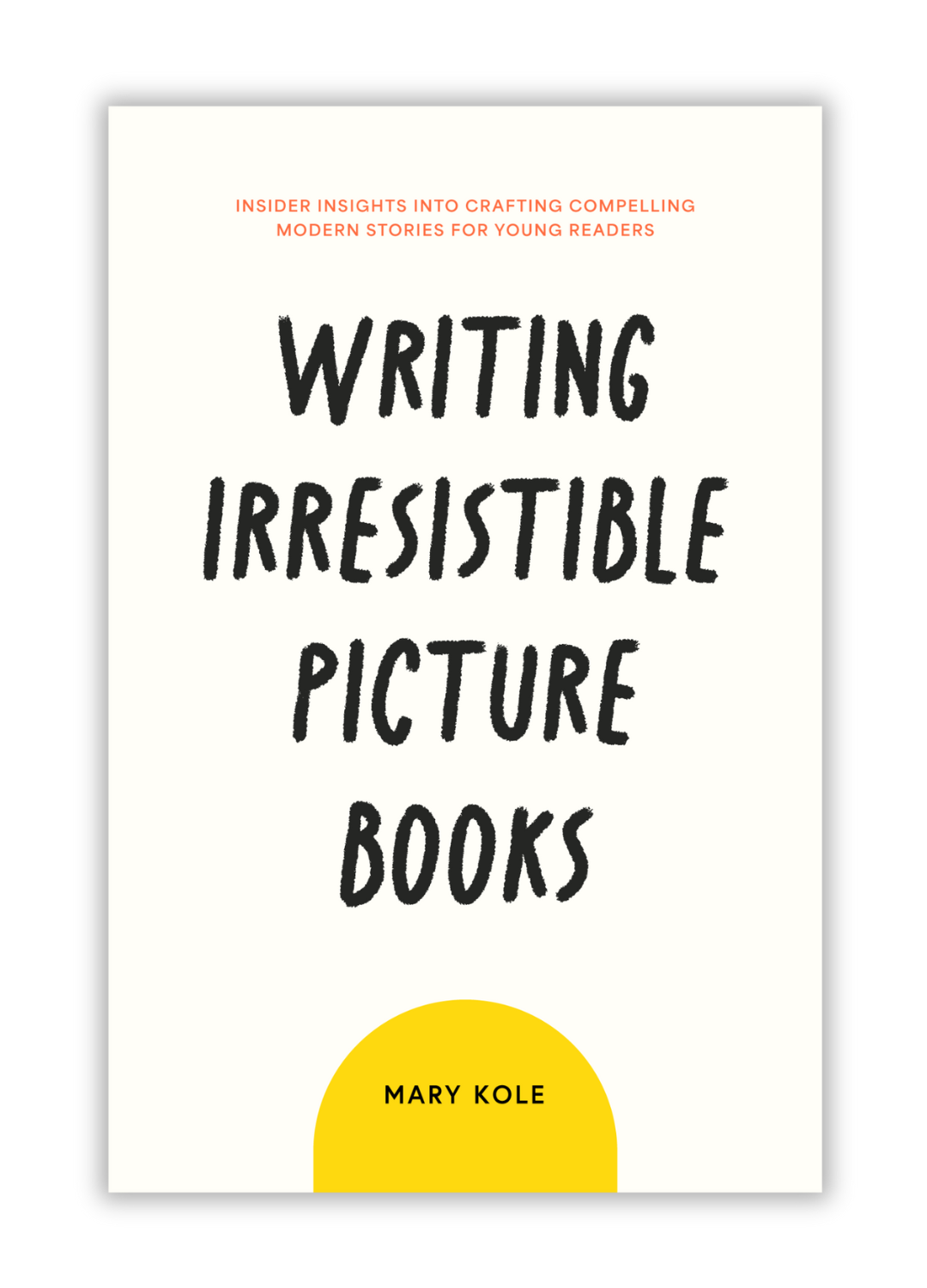Picture Book Story Structure
By Mary Kole
Mary Kole is a former literary agent, freelance editor, writing teacher, author of Writing Irresistible Kidlit, and IP developer for major publishers, with over a decade in the publishing industry.
Picture book story structure is a unique art form that requires careful planning and crafting. From the premise and story idea to the plot outline (yes, even for a picture book!), storytelling in children’s books requires a special skill to captivate a target audience made up of both children and adults. A great picture book story structure can stand the test of time. So, fasten your seatbelts, aspiring writers, and let's get started!
Guidelines for Picture Book Story Structure
The first step to creating a successful picture book story structure is understanding the category. This article is here to help you become an expert in writing picture books. We will cover everything you need to know about picture book story structure, including important parameters, considerations, recommended plot points, and more.
Picture book story structure is unique in that it features a short narrative that follows a plot arc and character arc that’s relevant to a young reader (and their grown-up). The main character or protagonist is usually a child or an animal similar in age to a child, and the setting is an everyday situation familiar to most children. The protagonist and reader’s picture book age range is typically anywhere from three to eight years old, and the picture book page count averages 32 pages, but can also go up to 40 or 48. There are many guidelines and parameters in picture book publishing that don’t exist outside of children’s books. The picture book word count is generally less than 600 words, which, believe it or not, ensures enough space for a full story, character development, and various picture book story structure options you might choose.
Special Considerations for Picture Book Story Structure
When crafting a picture book story structure, you must consider certain parameters while also addressing specific challenges. These challenges can include: keeping the narrative structure simple without being too predictable, creating memorable and relatable characters, and ensuring to leave room for illustrations. To overcome these challenges, you can start by identifying the main theme or message of the story (without moralizing or stating the moral outright), defining the problem faced by the protagonist, and how they might be a proactive protagonist and solve it themselves. This will help you create a well-rounded, engaging picture book story structure.
Plot Points for Your Picture Book Story Structure
Picture book ideas and stories have a fundamental plot point that sets the writing style and tone for the entire story. This plot point is the character's problem that they need to solve, with a story climax, and a satisfying resolution at the end of the story. The character will need an objective, character motivation, and will have to face story obstacles along the way. Some picture book story structure follows three act structure, with the first involving the introduction of the protagonist and their problem, the second is when the protagonist is faced with the escalation of the problem, and the third is the protagonist’s proactive push to solve the problem.
Storyboarding in Picture Book Story Structure
Storyboarding involves creating a visual representation of the story using illustrations and text. You do not need to hire an illustrator if you plan to pursue traditional publishing (but you do if you self-publish). However, even if you aren’t an illustrator and don’t have one yet, you should storyboard your picture book. This method helps to identify plot points, pacing, and the flow of the story, including page turns. Once the issues and main plot points are established, it's essential to plan the placement of the scenes in the story. Start from the introduction and work towards the resolution. Ensure that each plot point is appropriately represented visually and in the written text, with a nice balance between the two. This way, illustrations and text complement each other, making it a memorable reading experience and a lovely piece of art that’s presented in both text and illustration.
Best Practices for Picture Book Story Creation from a Structure
Now that you understand picture book story structure, you can start creating your masterpiece. Start by identifying your audience, theme, and character. Once you have those things in place, use your story structure as a guide. Remember to keep it simple, and highlight the main plot points. A three-act structure is a good choice for a picture book project, especially if you’ve never crafted a story for young readers before. Always consider the relationship between the illustration and the story text. Once you complete your first draft, read the story out loud to ensure it works as a complete narrative, and be sure to think about including pictures and using page turns to move the pacing along or create suspense.
Picture book story structure requires careful consideration and collaboration between the writer and illustrator. It all starts with a simple but well-defined narrative that ensures character development, a well-rounded storyline, and enough room in the text to incorporate engaging illustrations. Use the tips provided in this article to help you create a compelling picture book story structure that will leave a lasting impact on young audiences.

Click here to purchase Writing Irresistible Picture Books, my book on children’s picture books. This comprehensive guide is crammed with craft advice and groundbreaking original research, including a survey of 1,000 upcoming picture book deals, a breakdown of 80 modern and marketable picture book topics, and in-depth analysis of over 150 published picture books.



